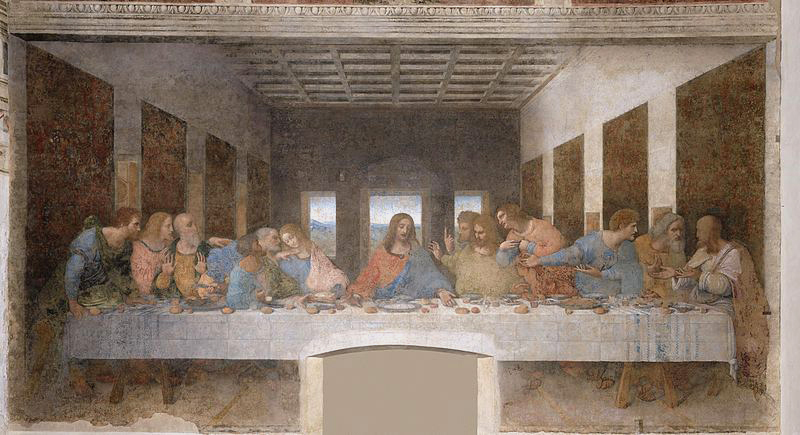Leonardo da Vinci completed “The Last Supper” in Milan, Italy, in 1498. Almost immediately, the fresco started to deteriorate. Over the centuries, the famous work has suffered from human carelessness, humidity, pollution, a wartime bombing and more.
The fragility of “The Last Supper” has been the subject of numerous studies. Preservation efforts have focused on minimizing human contact and keeping pollution out of Milan’s Santa Maria delle Grazie, the church where the fresco is located. Recently, researchers from the University of Southern California traveled to Milan to conduct a study intended to aid preservationists in their eternal fight to save the masterpiece.
Costas Sioutas, a professor of civil and environmental engineering at USC, said his objective was to determine the effectiveness of the church’s new filtration system, which was installed in 2009 to eliminate pollutants from the refectory where “The Last Supper” is on display.
Milan has long had an air-pollution problem. “The city is polluted enough to impress someone from L.A.,” Sioutas said. “It’s not as bad as Cairo or Calcutta … or even Beijing. But it is pretty polluted.”
The team of researchers from USC and other organizations installed equipment to measure the seasonal variability of outdoor pollution that can find its way into the church. Their objective was to test the existing filtration system and determine the sources of indoor pollutants.
The study, which took a year, found that the filtration system provides a significant reduction in air pollution. Fine and coarse particulate matter concentrations were reduced around the painting by 88 percent and 94 percent, respectively, from their corresponding outdoor levels.
“The bottom line is that the local authorities have done a remarkable job of keeping the place clean,” Sioutas said.
Indoor sources of pollution were fairly small, he said, and came from organic vapors from fire retardants and cleaners. But researchers found that humans still pose a threat to the fresco in the form of fatty lipids from the skin of visitors that continue to appear in significant quantities around the painting.
Visiting “The Last Supper” at the Santa Maria delle Grazie is regulated by timed entries, with only a handful of people allowed in the refectory at any given time.
Send questions/comments to the editors.



Success. Please wait for the page to reload. If the page does not reload within 5 seconds, please refresh the page.
Enter your email and password to access comments.
Hi, to comment on stories you must . This profile is in addition to your subscription and website login.
Already have a commenting profile? .
Invalid username/password.
Please check your email to confirm and complete your registration.
Only subscribers are eligible to post comments. Please subscribe or login first for digital access. Here’s why.
Use the form below to reset your password. When you've submitted your account email, we will send an email with a reset code.